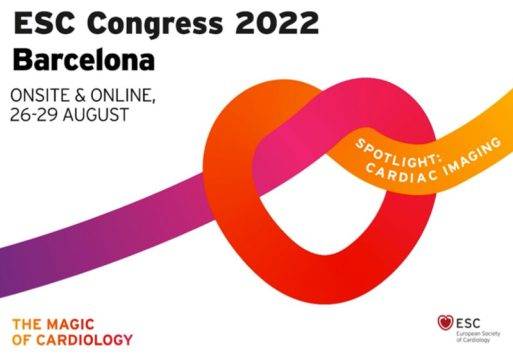On the 3erd day of the European Cardiology Congress 2022 the INVICTUS study was presented, including 4565 patients with atrial fibrillation secondary to rheumatism driven CAD. The aim of this study was to compare the use of Rivaroxaban vs vitamin K antagonists (VKA) in this populations. Mean age was 50 and most patients were women.

Primary end point was stroke, systemic thromboembolism, AMI, or cardiovascular death. Study outcomes resulted in 560 primary end point events in the rivaroxaban group vs 446 events in the VKA group (HR 1.25; 95% CI 1.10-1.41). On individual analysis, Rivaroxaban increased the risk of death by 23% and stroke by 37%. However, there were no differences in risk of bleeding between the groups. Drug discontinuation was more frequent in the Rivaroxaban group.
Among rivaroxaban patients, when looking at RIN valued before study kickoff, within therapeutic range, it was 33%, and at follow-up, it reached 64% in 4 years.
The use of vitamin K antagonists should be the standard treatment for rheumatic atrial fibrillation. We need further study to properly assess the different therapies for this special population.
On the other hand, a multicenter prospective study was presented, the PRE18FFIR, which used sodium fluoride positron emission tomography scan (PET) to identify vulnerable plaque without the need for intravascular ultrasound imaging, predicting the risk of future cardiovascular events. 704 AMI and multivessel patients were included. They all received PET and coronary CT angiography and were followed up to 2 years.
Read also: ESC 2022 | SECURE Trial.
There were no differences between patients with active coronary microcalcification and those who did not present any. However, when looking at cardiovascular death or AMI, events rate was higher among patients with positive PET imaging for CMA.
This study shows an important role for PET in the assessment of cardiovascular risk.

Dr. Andrés Rodríguez.
Member of the Editorial Board of SOLACI.org.
Subscribe to our weekly newsletter
Get the latest scientific articles on interventional cardiology





